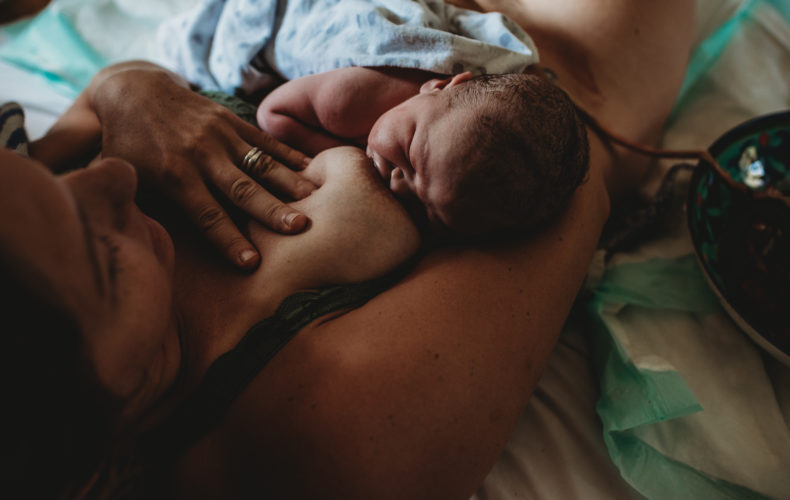We talk about the important of writing and telling birth stories here at TRC on the reg. They help inform our culture of the breathtakingly wide range of normal birth, they help us process and place this life-changing event into the larger context of our lives and they help us introduce our offspring and our newly-minted parental identities to our Village. But I never said it was easy.
I know there’s a lot going on in those early days of parenting and the details of birth fade surprisingly quickly so use this tool to help jog your memory back to those moments; the good, the bad, the triumphant, the dark, the grueling, the beautiful, and the joyful ones.
This list just gets you started so take it and run with it because this is your story, baby.
Birth Story Timeline Prompts
PREGNANCY
- What was my pregnancy like?
- What were the joys?
- What were the challenges?
- How did my body change?
- What was I concerned about?
- How did I prepare for labor, birth, and postpartum?
- What did I learn about myself?
EARLY LABOR
- What was the time between the end of pregnancy and the beginning of pregnancy like for me?
- How long did this stage last?
- Where was I and what was I doing when labor started?
- What did those first moments feel like?
- How did I cope with early labor?
- What was it like to tell my partner?
- What was it like to call my provider/ doula?
- How did I feel as we moved to our birth location?
- What was the car ride and transition like?
- If induced, what was it like to make that decision? How did the process start?
- What was triage like?
ACTIVE LABOR
- How long did this stage last?
- Who was in attendance? When did the members of my birth team join me?
- What did the contractions feel like?
- What positions did I use most?
- What mental or emotional techniques helped the most?
- What physical coping skills helped the most (breathing, vocalizations, movements)?
- What tools did I use (TENS, birth ball, tub, shower)?
- What coping tools didn’t work this time?
- What were cervical checks like? How did it feel mentally or emotionally?
- Was progress deemed quick or slow and how did that label feel?
- Did we use any medication or tools to change my labor pattern?
- What was the most physically intense part of labor?
- What was the most mentally or emotionally intense part of labor?
- What kind of pain management did I use and what was the decision like? What was the process like? Were there any side effects?
- What were the other symptoms of labor (vomiting or nausea, back pain, shaking)?
- How did my team encourage me?
- When did I feel most connected to my baby or partner?
- What did I eat or drink?
- When did I rest?
- What did I wear?
- Was there music playing or ambient sounds?
- Did we have oils diffusing or other scents?
- What was the hardest decision I made?
- How did my baby cope with labor?
PUSHING AND DELIVERY
- How long did this stage last?
- How did pushing start?
- What did pushing feel like?
- What was going through my head as I pushed?
- What position(s) did I push in? Birth in?
- Who was present for delivery?
- How did my birth team encourage me?
- Did we have any interventions during pushing (oxygen, episiotomy, vacuum)?
CESAREAN BIRTH
- What was it like to make the decision for a cesarean birth?
- How did it feel emotionally or mentally?
- What was I thinking as I prepared for surgery?
- What was the atmosphere in the OR?
- Who was present for delivery?
- How did my birth team encourage me?
- How long this stage last?
IMMEDIATE POSTPARTUM
- What time was birth?
- What was it like to meet my baby for the first time?
- What was my partner’s reaction?
- What was the first thing I said after birth or to my baby?
- Who cut the baby’s cord?
- What did my baby look like? Sound like? Smell like? Feel like? What was any skin-to-skin time like?
- Did the baby need any help breathing?
- Did we have any other complications?
- What was it like to birth the placenta? What did it look like?
- Did I need any repairs and what was that like?
- What was it like to feed the baby for the first time?
- What was the first thing I ate after birth?
- Who were our first visitors?
Those who want to share with a wider audience are invited to submit stories to our Community Birth Stories Project.
This post is part of our Birth Stories series:
How to Debrief Your Birth | How to Write Your Birth Story
Photo: BergenHowlett.com



